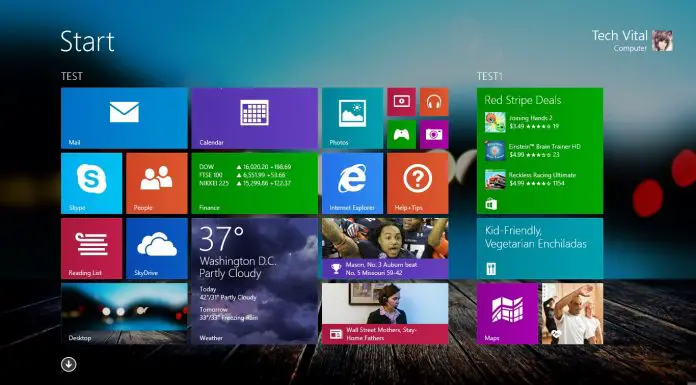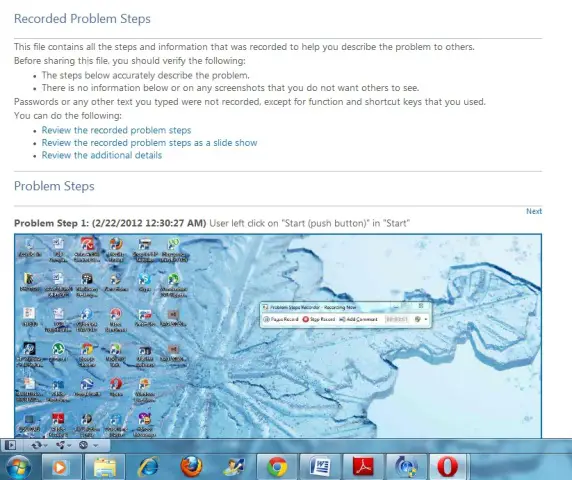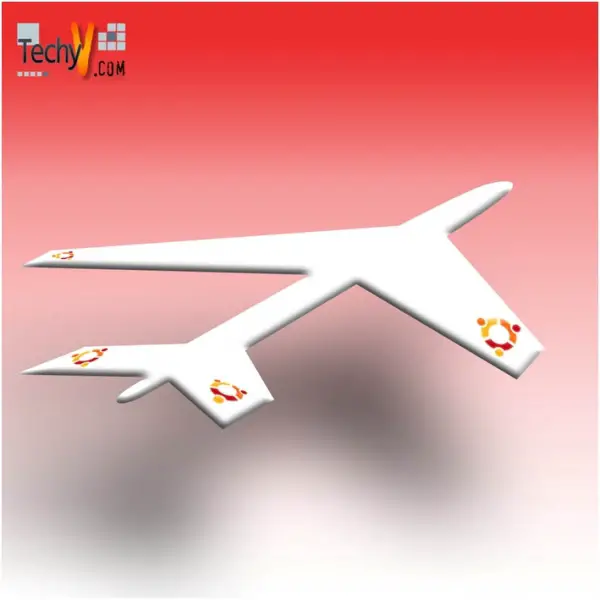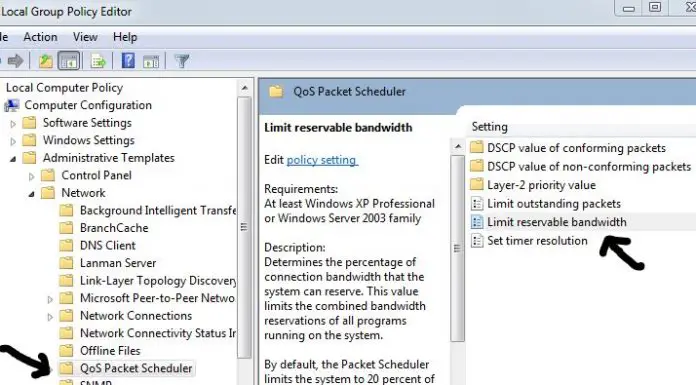Leading operating systems
Windows 3.0 & 3.1
Microsoft entered the operating systems market with the Windows 3.0 (released in 1990) and much improved version Windows 3.1 (released in 1992). Windows 3.1 was improved and had the capability to multitask with the DOS.

However, the memory sharing issues were not resolved. Both the DOS and Windows successfully ran in the same segment of memory.
Windows 95
Windows 95 was a major step forward from older versions i.e. 3.0 and 3.1. Windows 95 was released on the 24th of august 1995. For the first time quality graphical user interface (GUI) was introduced in an operating system. With launch of this operating system, DOS was separated from the Windows platform. With the new operating system can the “plug-n-play” utility, so you just plug in your device and enjoy. 16-bit architecture was also upgraded to more versatile 32-bit architecture.
Windows 98
25th June 1998 was a historic day in the computer industry with the launch of new and improved Windows 98. This was a twin mode and multi capable hybrid operating system. This was capable of working on either 16 or 32 bit architecture systems. For the first time the boot loader was MS DOS based in the OS. Windows Driver Model (WDM) was built in feature of this OS. Direct Sound and MIDI wav synthesis was recognized and implemented in this OS too. For external hardware addition a new improved and robust USB was added. This also pre4sented support for the versatile USB supported modem and networking device capability. Fire Wire IEEE 1349 support was also added along with Accelerated Graphics Port (AGP). DVD device support was also added in this system. With multiple display capability this OS revolutionized the OS market.
Windows Millennium Edition (ME)
Windows Me was officially launched on 14th September 2000. This operating system was specifically designed for people using personal PCs at their homes. Top upgrades included improved Internet Explorer 5.5, Windows Movie Maker utility, Windows Media Player 7 and an improved GUI. Later upgrade options made this OS a huge success. It’s easy to use interface was admired by millions. Later upgrades were available in the shape of Service pack 1 (SP1) and Service pack 2 (SP2). IE 5.5 was upgraded to IE 6 and then to IE 7. Windows media player was also upgraded to Windows media player 9.0. Microsoft .NET framework was also added to this OS. A number of automatic features were also included like Automatic updates from internet, improved power management system, compression for folders, on screen keyboard and improved USB system.
Windows NT
Windows NT was launched in 1993. However, this was the networking counterpart of the Windows 95 and 98. This system was later used for the development of OS like Windows 2000, XP, Server 2003, Vista and the server 2008 and finally Windows 7. This version had prominent features like DOS virtual machine, x86 architecture, access control lists, LAN Manager, TCP/IP networking capability, Supervisor mode, Task scheduler, multitasking and NTFS file system capability.
Windows 2000 & Windows XP
Windows XP was launched in 25th October 2001. Its main platform was adopted from the older Windows 2000. This revolutionary windows housed an improved task based GUI, GDI with the addition of graphics subsystems, start Menu, Taskbar, improved and stable Windows Explorer, Logon/logoff capability, Hibernation capability, ability to discard an unrecognized device driver, customizable themes, Faster user switching, Clear type font rendering, Improved LCD display capabilities, DSL modem support, IEEE 802.11 connection support, Fire Wire, Bluetooth, Windows Media Centre Extender, OEM channels, 64-bit capability, stability with AMD processors i.e., Athlon 64 & Opteron, stable for tablet PC, Voice over Internet Protocol (VoIP), Software Assurance. These additions set the new bench mark as the best operating system in the market.
Windows Vista
Windows Vista was launched on 30th January 2007 and raised the standard for a complete user friendly operating system to a new level. Latest improvements included; Windows Aero the hardware based GUI, Windows Shell, improved Windows Explorer, Instant Search, Windows sidebar, Windows Internet Explorer 7.0, Windows Media Payer 11, Backup and restore center, Windows mail, Windows calendar, Windows Photo gallery, Windows DVD maker, Windows Media Center, Windows games, Windows Mobility center, Windows Meeting point, Windows Meeting space, Shadow copy, Windows Auto updates, Parental Control, Windows Slide show, Speech Recognition, and Windows Ultimate Extras.
Windows 7
This OS from Microsoft was launched on 22nd October 2009 and the latest product from this manufacturer. Main features included touch hardware recognition system, virtual hard drives, multi-core processor compatibility, enhanced boot performance, Direct Access, Kernel enhancements, new Windows Media Centre, XPS essential pack, Windows PowerShell, Calculator with programmer and statistics support, improved control panel, Windows security center, User account control, RAW image format capability, Windows Imaging component, New Windows Aero, Improved system performance, improved power management system, improved system stability. This is the bench mark operating system at the moment.
Solaris 11
This OS from Oracle Company was launched on 15th November 2010. It was an improved version of already successful Solaris 10. New improvements included: improved packaging system (IPS – Image Packaging System), improved network support and visualization, Qos, enhanced encryption support, advanced Solaris Containers, Service Management Facility (SMF), Java Desktop System, ZFS file system .
Linux OS
This is the greatest competition of Windows OS. Because of its open source code this OS is extremely popular and is easy to install. HDE, GNOME, Xfce and some of its popular graphic interface. The latest versions of Linux includes the following improved features such as advanced compilers, text editors, improved OS shell, daemons, improved and stable kernel and improved server support.
Mac OS X Snow Leopard
This OS from Apple manufacturer was successfully launched on 8th June 2009. Packed with latest goodies it included; improved Boot Camp, Finder (search), iChat, Microsoft Exchange support, Preview, Multi touch track pad, QuickTime X, Core Audio, Core Video, Core Animation, Safari 4 browser, Time Machine, Voice Over, Braille Display, Bluetooth support.
Novell Open enterprise Server
OES was the upgraded version of the very successful Novel NetWare product. It was launched in March 2005 that was upgraded later in 2009 with the OES2 or Service Pack 2 (SP2). Overall performance was improved and it was made sure that this new OS to use less memory space for paging. New features included improved, 64-bit support, enhanced next generation Virtualization, improved Domain services for Microsoft Windows OS, advanced recognition of Apple Filing Protocol and Dynamic Storage Technology. This remains the elite product from Novell today.


















